Volunteers
All the systems in the world would go nowhere if the project did not have people to help with the work. At the start of the project data collection, between March and May 2010, briefing and training sessions for interested parties and volunteers were delivered. These sessions were delivered by the Project Trainer, Grace McCullen, and took place at six locations around the county – Dunshaughlin, Julianstown, Navan, Nobber, Oldcastle and Trim. Two training sessions were delivered at each venue about a month apart. These were open to all and were advertised in local newspapers, in parish bulletins and so on. About 200 people were trained at this time. Each volunteer was given a Help Guide booklet, their townland map and a supply of blank report sheets at the training. It took a bit of time to find out what townland each person wanted to work on, then what map that townland was on and to support the volunteers as they started the work.
Many more volunteers came forward after this initial group training had taken place. They were individually briefed and trained by the project coordinator or their local map leader. The project sought volunteers in many ways including through using the services of Meath Volunteer Centre. Many volunteers also got involved through word of mouth and on the recommendation of their friends or community. The ideal volunteer to complete the field name survey in a townland was someone who had probably grown up there, or if not, was well known in the community. They might have a little interest in local history or farming or both. They might even own some of the fields themselves. However, many surveyors from very different backgrounds did excellent work in gathering field names. The only situation that was less successful was having a total stranger surveying fields in an area where they had no connection.
In June 2010 the first of the volunteers began work on gathering field names in their chosen townland. As each townland survey was finished, the completed field survey sheets and the numbered townland map were returned to the Team Leader or directly to the project coordinator. This process was to continue for the next two years with new volunteers joining regularly and being set up with their townland map and survey sheets.

Bernard Smyth, Ballinacree; Martin Devin, Oldcastle and Malachy Hand, Moylagh at the Meath Field Names Project AGM in Dec 2010.

Ronnie Owens, Rathkenny and Angelo Mongey, Dunderk, Slane at the the Meath Field Names Project AGM in Dec 2010.
The success of this project has hinged on a huge amount of voluntary work. Since the idea for the survey was put forward it is evident that there is great interest and passion in Meath people about traditional field names. By the time the project officially started the Steering Group had assembled a list of several hundred interested people around the county. This list formed the foundation of the initial volunteer core which grew as the project progressed. About 200 volunteers took part in the initial project training. Many, many more volunteers have come on board since then.
The project has approximately 500 volunteers set up for group texts and an Excel Spread Sheet with 800 volunteers listed by Grid Map though not all are active. On the actual field names database there are 260 volunteers registered as townland surveyors. Each of these people has been noted as the official townland surveyor of one or more townlands. In turn each has been assisted by other helpers in gathering the information. The project has, in fact, a kind of tiered multiplier effect in terms of volunteer assistance.
Volunteers have been drawn from all sectors of the community and include farmers, retired people, members of local Historical Societies, third level students, teachers, community activists, unemployed people and others. The project registered with the Meath Volunteer Centre at an early stage and drew many extra helpers from this source. The voluntary effort is one of the many good news stories from this project. The volunteers found the survey sociable and enjoyable and many cups of tea were had in the course of the work!
Some of the Volunteers
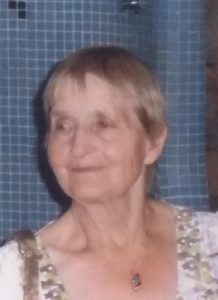
Bríd Hiney, Ballivor
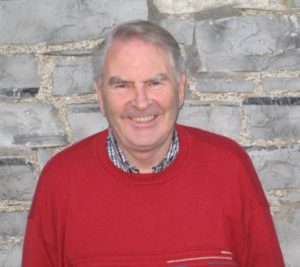
Eamonn Courtney, Cortown, Kells
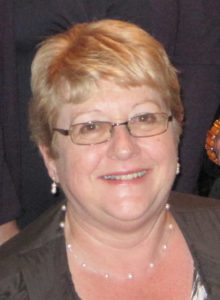
Ethna Cantwell, Windtown, navan
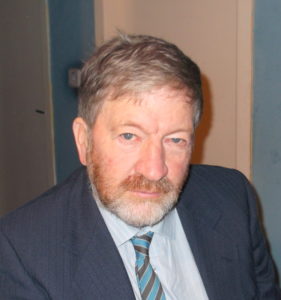
Jimmy Farrell, Lionsden, Longwood
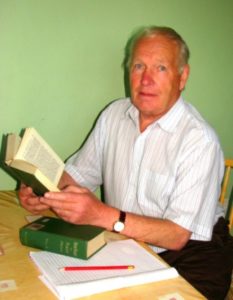
Paddy Lynch, Glassallen, Collon

Joe Gogarty, Eden, Kilmainhamwood
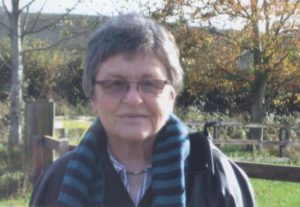
Mary Cullen, Rathkenny
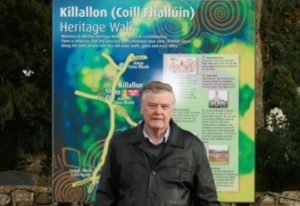
Jimmy Fagan, Killalon
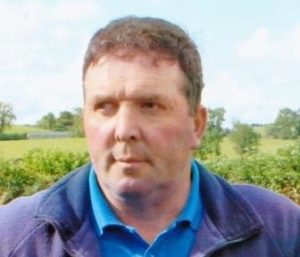
Martin O’Brien, Howthstown, Drumconrath
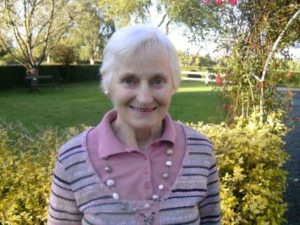
Attracta Moore, Rathmore, Athboy
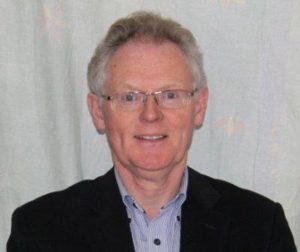
Maurice Daly, Macetown, Dunshaughlin
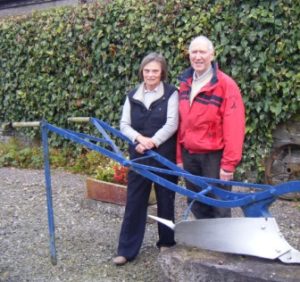
Mary Rose Mulvany & Peadar Donohoe, killeen & Dunsany
One lesson to learn early on in the project is to give volunteers deadlines. The information came in steadily, slowly but surely. Any time volunteers were issued with reminders and urged to try to speed up the work, a surge of completed townlands would follow soon after. The coordinator gave several talks and slide presentations on project progress to various groups over the last few years. When people saw the early findings for the project it always seemed to give them a fresh impetus and led to a spurt of work. When volunteers were notified of the final deadline for submission of townlands there was a huge surge of information sent in over a number of months.
Communication
With such a high number of people involved, the project had to put an efficient and cost effective communication system into place. It was never going to be feasible to send out letters to everyone or to phone each volunteer regularly. The communication system has involved a number of methods including the use of group text messages, group e-mails, local radio and newspapers, presentations to interested groups and communication through steering group members.
